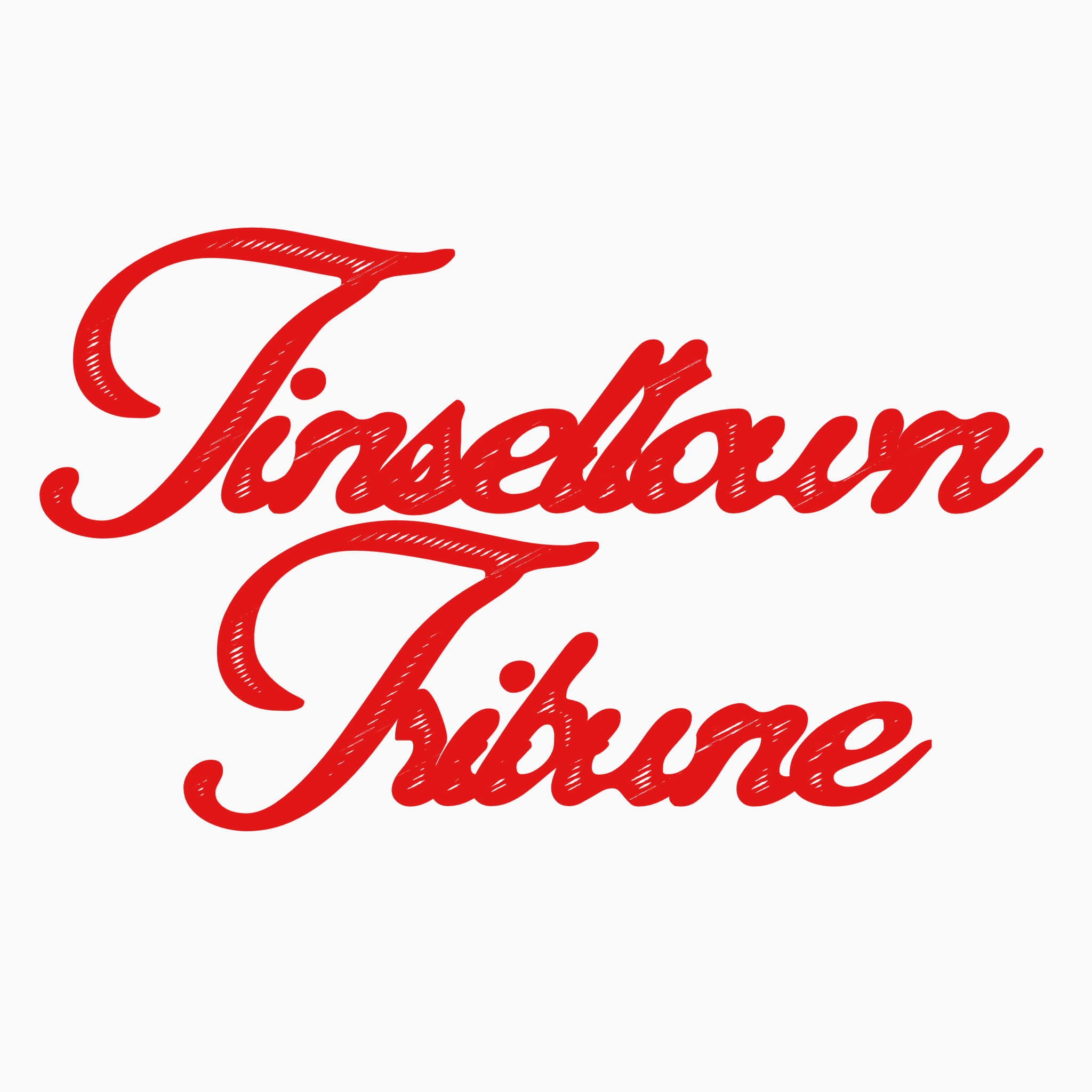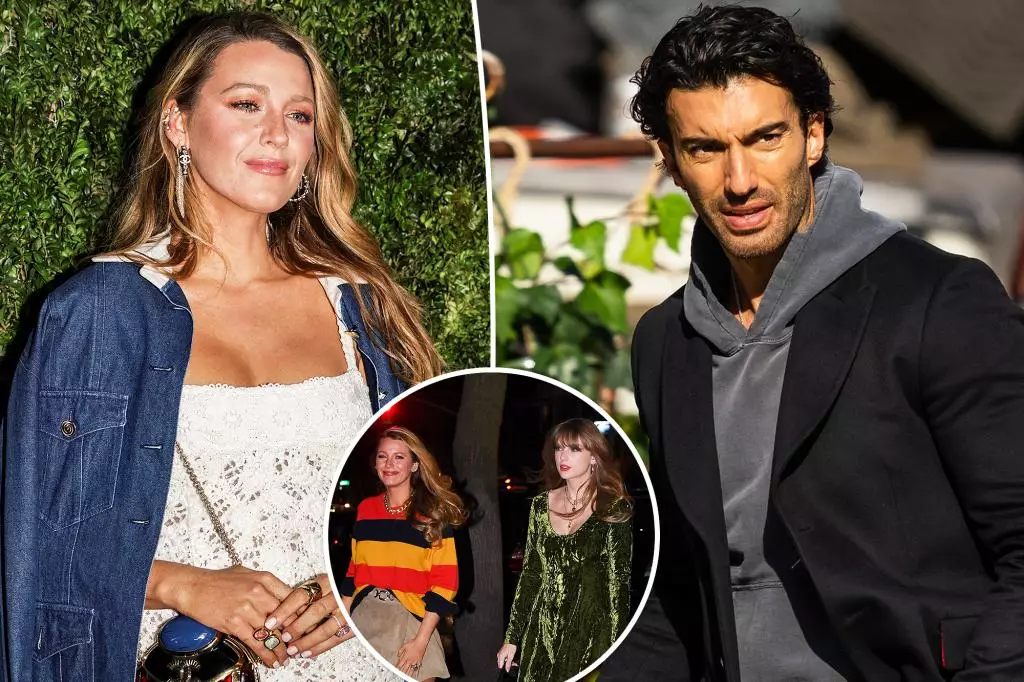In a saga reminiscent of Hollywood’s juiciest dramas, Blake Lively has found herself embroiled in a contentious legal dispute with director Justin Baldoni. The tension between the two escalated recently when Lively filed a motion for a protective order, seeking to prevent Baldoni from accessing her private text messages with pop sensation Taylor Swift. This puzzling twist comes as the stakes in their legal clash continue to rise, with ample ramifications not just for the parties involved, but also for the media landscape and public perception.
What’s more alarming is Lively’s assertion that Baldoni is employing Swift’s name as a strategic maneuver to gain traction in their legal dispute. The motion filed in front of New York Judge Lewis J. Liman argues that Baldoni’s pursuit of her communications with Swift, labeled “irrelevant” to the crux of the matter, demonstrates an excessive, media-savvy tactic aimed at leveraging Swift’s considerable fanbase. It raises questions about the ethics of pulling external figures into a personal feud, especially one as big as Taylor Swift, whose brand and following can overshadow almost any scandal.
Strategies in the Spotlight
As the details of the ongoing dispute unfold, one can’t help but notice the complex interplay of public relations, celebrity power, and legal tactics. According to recent court documents, Lively’s team suggests that Baldoni’s attempts to link their dispute with Swift are not only unnecessary but could also be described as harassment. The timeline of Baldoni’s actions reveals a strategy that seems oddly calculated—a playbook that employs everything from subpoenas to media strategies. Lively’s legal representatives even highlighted how the Wayfarer production company, Baldoni’s own firm, had previously retracted their inquiry into Swift after allegedly gathering the information they sought.
The legal drama underscores changing dynamics in Hollywood, especially regarding how personal relationships and professional endeavors intersect. Lively’s contention that these messages are the subject of “media strategy” raises ethical questions around the exploitation of celebrity friendships for legal gains. Are these legal battles becoming mere extensions of publicity stunts, or are they legitimate struggles for justice?
The Swift Factor
Taylor Swift, standing as a cultural phenomenon with a fan base that could amplify or damage reputations with a single tweet, has been notably dragged into this spectacle. Situating Swift at the center of this legal feud demonstrates how the stakes are elevated. Lively’s assertion that the pursuit to access Swift’s private messages is nothing more than an “ongoing attempt to use the world’s biggest star as a PR tactic” reveals a disturbing trend in celebrity culture: leveraging the personal lives of public figures to influence legal outcomes.
The reverberations of this case could be felt far beyond the courtroom. They delve into the realm of fan culture and influencer dynamics, amplifying the significance of celebrities as more than just entertainers. Swift’s presence in this narrative affirms her status as a figure who can magnetize public opinion and media attention, prompting reflection on how celebrity connections can distort the lines between personal relationships and public personas in legal disputes.
A Shifting Legal Landscape
The unexpected dismissal of Baldoni’s countersuit has significant implications for the future of this legal drama. Judge Liman’s ruling highlights that Baldoni and his Wayfarer Studios have not substantiated their claims against Lively effectively, creating a ripple effect that could impact how legal battles involving public figures are fought. The landscape appears increasingly fraught with the potential for future legal repercussions, particularly as Baldoni’s team has until June to amend their claims.
However, the timeline for this ongoing conflict also indicates a lengthy road ahead, with the trial date set for March 2026. This protraction begs the question: how beneficial is such a public feud for those involved? In the true Hollywood sense, the answer may lie in the spectacle itself—an ever-evolving narrative that captivates fans and critics alike but could potentially harm reputations long term.
The Unfolding Narrative
As this legal battle continues to unravel, a curious blend of intrigue and concern persists. Lively and Baldoni’s confrontation encapsulates larger themes of power dynamics in Hollywood, the ethical ramifications of celebrity involvement in personal disputes, and the potential ramifications for public perception. As we watch this story develop, an important tension emerges between legal strategy and public relations, challenging us to evaluate the ethics of celebrity engagement in legal matters and the ever-blurring lines between personal lives and media narratives. In a world where every drama can be magnified by social media, it’s a stark reminder of the complexities and consequences that can arise when public figures find themselves at odds.

